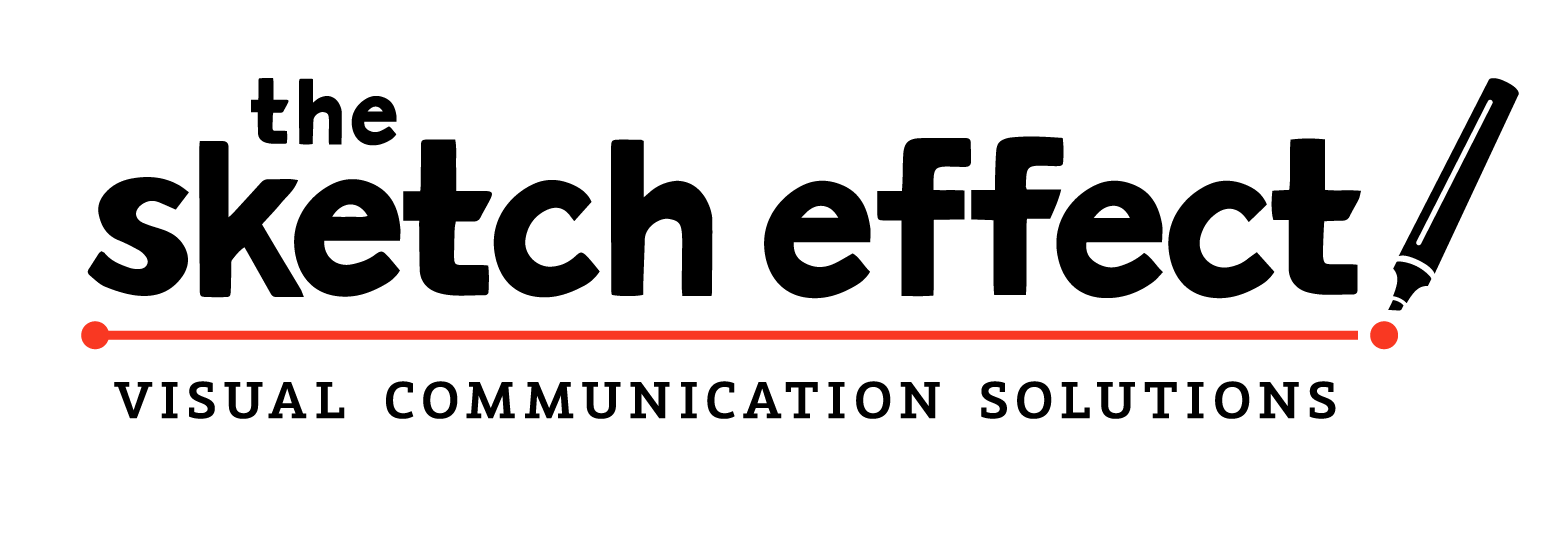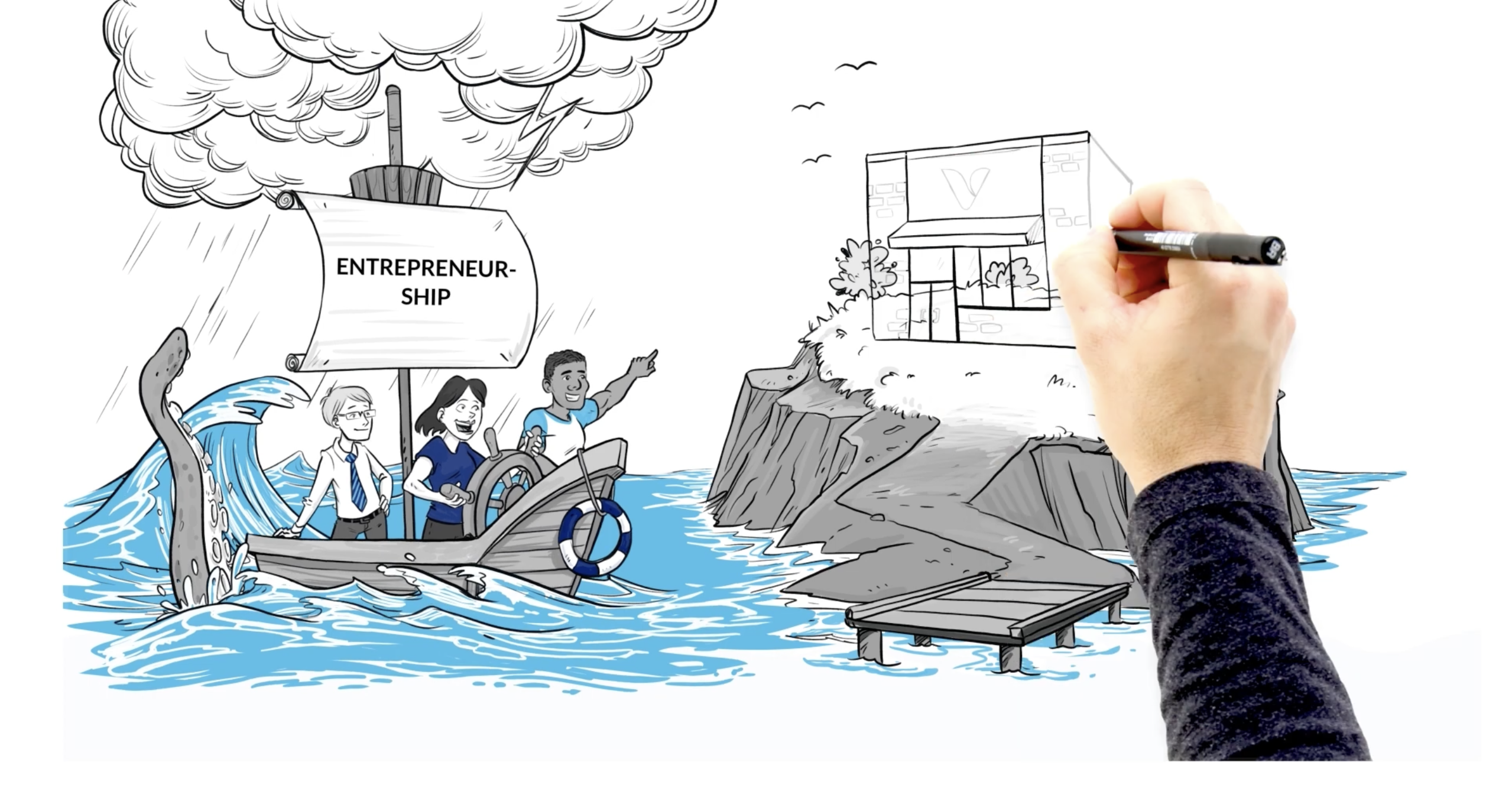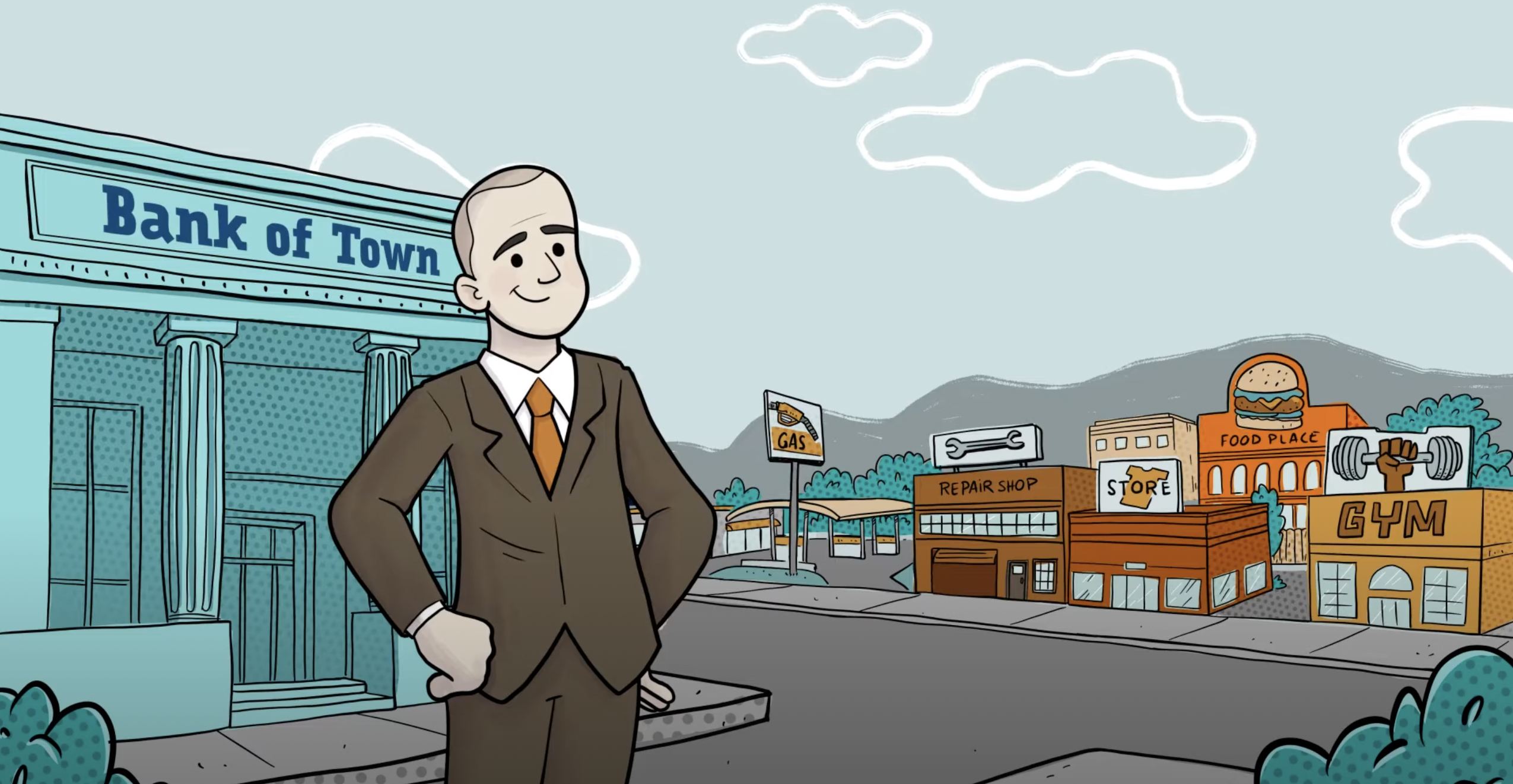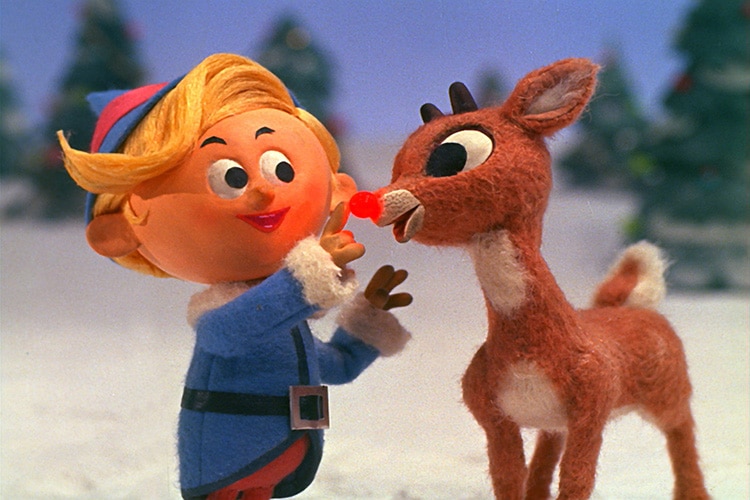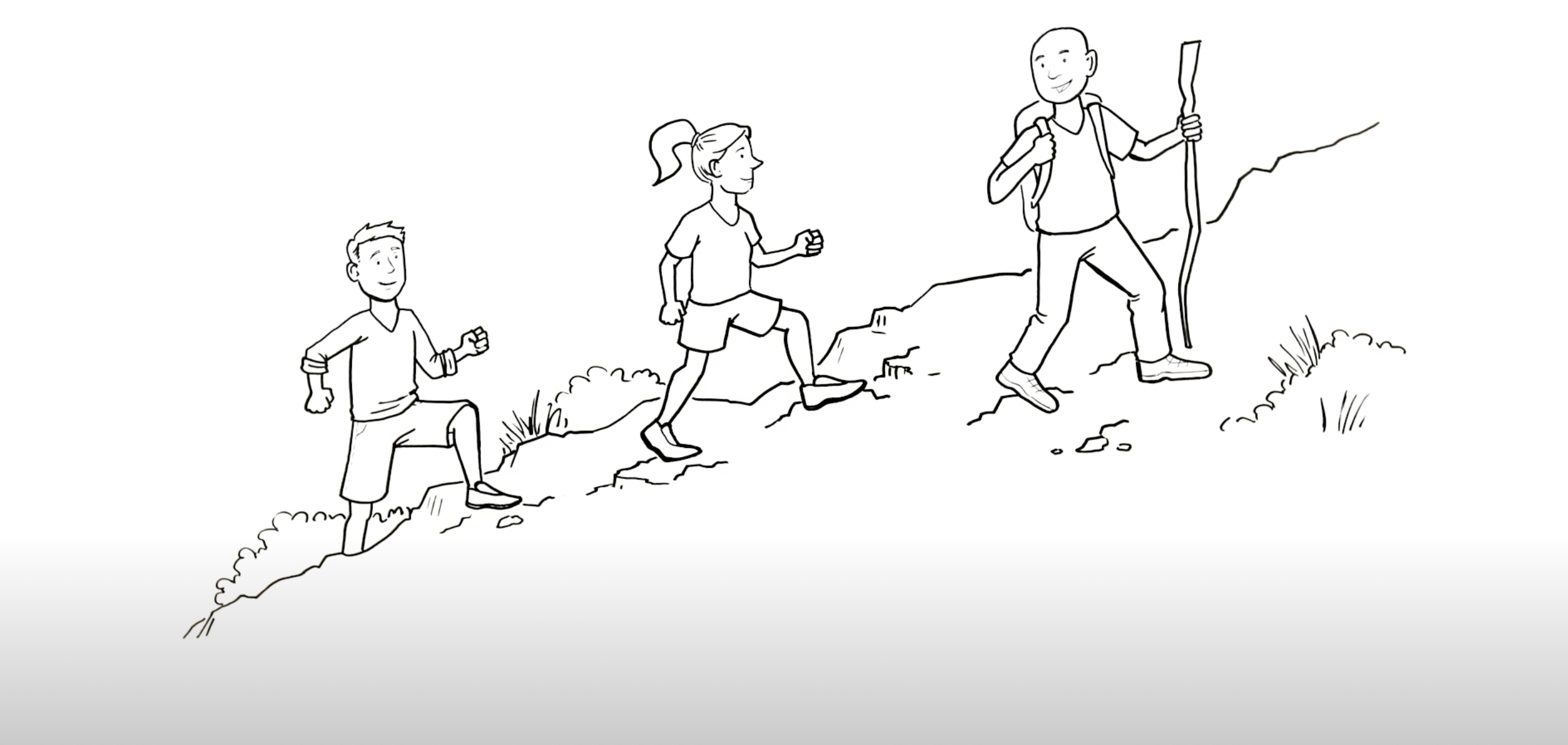In today’s digital age, effective video marketing has become a key tool for businesses to reach their audience effectively. High-quality animated videos, in particular, have become a popular and effective means of communication in the digital marketing space.
Not only do they capture the viewer’s attention with visually appealing graphics and animations, but they also effectively convey a message in a concise and engaging way.
In this article, we will discuss the animated video production process, the benefits of video animation services for marketing, and best practices to ensure successful production.
What is Animated Video Production?
Animated video production is a creative process that involves designing and producing videos using hand-drawn illustrations and animations.
These videos can be used to communicate various messages, from promoting a product or service to explaining complex ideas. The benefits of using animated videos in marketing include increased engagement, improved message retention, and an enhanced brand image.
The Most Popular Video Animation Production Styles & Use Cases
Animation has come a long way since the days of traditional hand-drawn cartoons. With advancements in technology, there are now a multitude of video animation styles available to creators, each with its own unique characteristics and creative possibilities. From 2D and 3D animations to stop-motion and motion graphics, each style offers a distinct aesthetic and storytelling potential.
Whiteboard Explainers
Whiteboard animation is a type of video animation that simulates the process of an artist drawing on a whiteboard. The video is created by capturing the artist’s hand as they draw on a whiteboard and then speeding up the footage to create the illusion of a time-lapse drawing.
Whiteboard animation is often used for educational and instructional videos, as well as for marketing and advertising purposes. It is a popular way to visually communicate complex ideas and processes and is particularly effective for capturing the attention of audiences with short attention spans.
Some common use cases for whiteboard animation include:
- Animated explainer videos
- Product demonstrations
- Training and instructional videos
- Sales presentations
- Marketing videos
- Public service announcements
- Internal communication and training for businesses
- Non-profit and educational content
Motion Graphics Animation
Motion graphics animation is a type of animation that combines graphic design with animation to create moving graphics. It is a versatile and dynamic style of animation that can be used for a wide range of purposes, including branding, marketing, entertainment, and educational content.
Motion graphics animation is typically created using digital software and can include various elements such as text, shapes, images, and video footage. It is often used to visually communicate complex data and information in an engaging and accessible way.
Some common use cases for motion graphics animation include:
- Branding and logo animations
- Title sequences for films and TV shows
- Promotional videos and commercials
- Infographics and data visualization
- Social media content
- E-learning and instructional content
- Digital signage and presentations
- Animated GIFs and memes
2D Animation
2D animation is a classic style of animation that involves creating flat, two-dimensional images that are then animated to create the illusion of movement. It is a versatile and widely used style of animation that can be created using both traditional and digital techniques.
2D animation is often used for cartoons, animated films, and television shows, but is also commonly used for corporate training videos, product demonstrations, and marketing videos.
Some common use cases for 2D animation include:
- Animated films and TV shows
- Video game animation
- Corporate training and instructional videos
- Explainer videos
- Product demonstrations
- Marketing and advertising videos
- Educational content
- Animated logos and branding materials
3D Animation
3D animation is a style of animation that involves creating three-dimensional computer-generated images that are then animated to create the illusion of movement. This type of animation is used extensively in the film, gaming, and advertising industries.
3D animation allows for greater depth and realism than traditional 2D animation and can be used to create highly realistic simulations of real-world objects and environments.
Some common use cases for 3D animation include:
- Animated films and TV shows
- Video game animation
- Architectural visualization
- Product design and development
- Industrial and engineering simulations
- Medical and scientific visualizations
- Virtual reality experiences
- Marketing and advertising videos
Stop-Motion
Stop-motion animation is a style of animation that involves capturing individual frames of an object or scene in slightly different positions and then playing those frames in sequence to create the illusion of movement. This type of animation can be created using a wide range of materials and objects, including clay, paper, toys, and puppets.
Stop-motion animation is often used to create unique and visually engaging content that stands out from other forms of animation.
Some common use cases for stop-motion animation include:
- Commercials and advertising campaigns
- Music videos
- Short films and web series
- Educational content
- Promotional videos
- Social media content
- Product demonstrations
- Title sequences for films and TV shows
Typical Video Animation Production Processes
Understanding the production process is crucial to creating a successful animated video.
Pre-production
The pre-production stage is where the idea for the video is developed and refined before the actual production begins. This stage includes concept development, scriptwriting, storyboarding, and voiceover casting.
Concept Development
The concept development stage is where the initial idea for the video is developed. This includes identifying the purpose of the video, defining the target audience, and brainstorming creative concepts that will effectively communicate the message.
Animation Style Selection
There are various animation styles to choose from, including 2D, 3D, and stop-motion animation. The animation style should be chosen based on the purpose and message of the video, and the target audience.
Script Writing
Scriptwriting involves transforming the initial concept into a cohesive story. A well-written script will capture the viewer’s attention, effectively communicate the message, and maintain engagement throughout the video.
Storyboarding
A storyboard is a visual representation of the script that outlines the sequence of scenes and shots in the video. This allows the production team to get a visual sense of how the video will look and feel, and identify any issues or revisions needed before production begins.
Voiceover Selection
Choosing the right voiceover talent is crucial to the success of an animated video. The voiceover artist should have a voice that matches the tone of the video, effectively convey the message, and engage the viewer.
Production
The production stage is where the actual video is created. Asset creation, animating the video, sound effects, and music selection, and recording and syncing the voiceover.
Asset Creation
Asset creation involves designing and creating the graphics, characters, and backgrounds that will be used in the video. This can be done using various software and tools, such as Adobe Illustrator and Photoshop.
Animating the Video
Animating the video involves bringing the assets and storyboard to life. This involves using animation software to create movement, add special effects, and synchronize the animation with the voiceover.
Sound Effects and Music Selection
Sound effects and music can greatly enhance the viewer’s video experience. Careful consideration should be given to the type of music and sound effects used, as they should match the video’s tone and effectively convey the message.
Recording and Syncing the Voiceover
The voiceover is recorded and synced with the animation to create a cohesive and engaging video. This involves editing the voiceover to match the animation’s timing and ensuring that the audio and visual elements are synchronized.
Post-Production
The post-production stage is where the video is edited and refined to create a final product. This includes editing and refining the animation, color grading and special effects, sound design and mixing, and exporting the final video.
Editing and Refining the Animation
The animation is edited and refined to ensure that it is cohesive, engaging,
Color Grading and Special Effects
Color grading and special effects can greatly enhance the visual appeal of the video. This involves adjusting the colors, contrast, and brightness of the animation, and adding visual effects to create a more immersive experience.
Sound Design and Mixing
Sound design and mixing involve fine-tuning the audio elements of the video. This includes adjusting the volume levels, adding background music and sound effects, and ensuring that the audio elements are synchronized with the animation.
Exporting the Final Video
Once the post-production stage is complete, the final video is exported in the desired format and quality. The video can then be shared on various platforms, such as social media, YouTube, or a company website.
Best Practices for Successful Animated Video Production
To ensure a successful animated video production, several best practices should be followed:
Collaboration with an Animated Video Production Company
Collaboration is key to successful video production. The production team should work closely with the client to ensure that the video effectively communicates the desired message and meets the client’s expectations.
Creating a Consistent Brand Identity
The video should be consistent with the brand identity of the company. This includes using the same colors, fonts, and style as the company’s other marketing materials to create a cohesive brand image.
Keeping the Video Concise and Engaging
Animated videos should be concise and engaging, with a clear and concise message that captures the viewer’s attention. The video should be no longer than necessary to communicate the message effectively.
Targeting the Audience Effectively
The video should be targeted to the specific audience it is intended to reach. This includes understanding the audience’s interests, preferences, and needs and tailoring the video accordingly.
Bring Your Idea to Life With Expert Animated Video Production Services
In conclusion, animated video production is a complex and creative process that requires careful planning, collaboration, and attention to detail. Understanding the production process is crucial to creating a successful animated video.
By following best practices such as collaborating with the production team, creating a consistent brand identity, keeping the video concise and engaging, and targeting the audience effectively, businesses can create effective animated videos that effectively communicate their message and engage their audience.
Ready to bring your vision to life? Talk to one of our animation experts and get a quote for your project.

